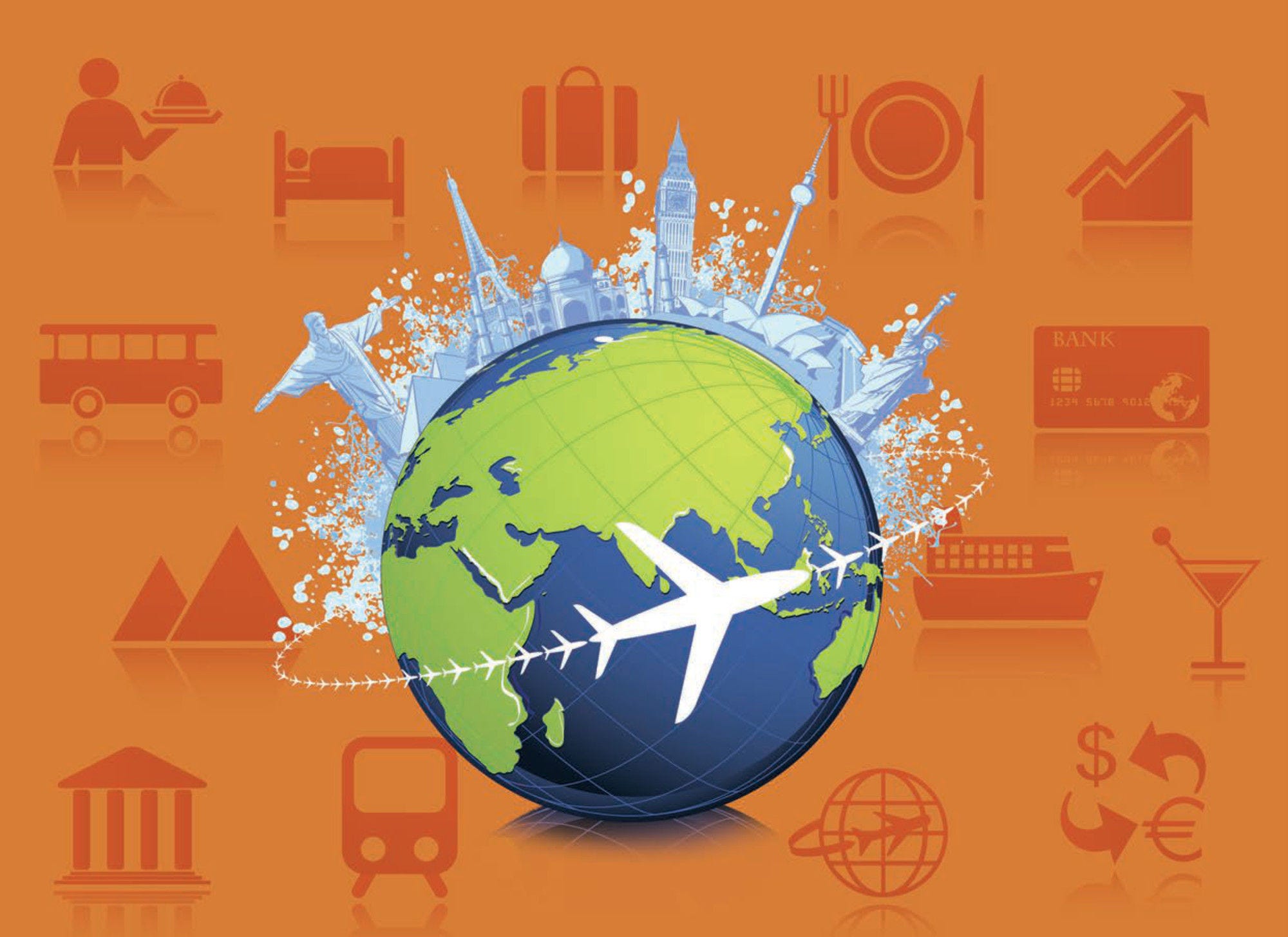The Tourism Development Strategy of the Republic of Serbia runs from 2016 to 2025. The development goals of the Strategy include increasing the number of hotels and similar facilities by 50%, and increasing overall accommodation occupancy by 30%. The Strategy also aims to increase tourist arrivals, overnight stays, and expenditure, and to double the tourism industry’s direct contribution to GDP. Furthermore, it aims to increase direct employment in tourism by at least 50%.
The Tourism Development Strategy sets the following goals:
Increase tourist arrivals by at least by 50% by 2025,
Increase expenditure of tourists (per night) by 50%,
Increase the share of inbound tourists overnights to 45% by 2020, and to 55% by 2025,
Increase the direct share of tourism to Serbia’s GDP by 100%,
Increase the amount of direct employment in the tourism industry by at least 50%, and triple employment in tourism and complementary activities,
Grow direct investment.
The legislation provides the framework for a modern and efficient organisation and development of tourism and its related industries. However, the tourism sector has not yet been developed and there is a lack of capacity in tourism management and national marketing. Additionally, there has been some indecision in relation to the necessary public investment, which has slowed down the development of products and their commercialisation.
The key challenges for sustainable tourism development in the Republic of Serbia include:
Reducing seasonality,
Improving the quality of tourism jobs,
Maintaining and enhancing local community prosperity and quality of life – for example by encouraging the purchase of local goods and services, the promotion of local culinary heritage, history and culture, handicrafts and folk art, small museums and vineyards,
Conserving and increasing the value of natural and cultural heritage,
Enriching the tourist offer with products and services that will make tourism in Serbia more recognisable and attractive.
Measures to address the key challenges for sustainable tourism development include increasing levels of environmental consciousness, growing the interest in heritage and culture, strengthening local economic activity, as well as supporting the development of visitor activities that enable visitors to meet local residents and engage in cultural tourism activities and events.
The Ministry of Trade, Tourism and Telecommunications provides support for tourism development through a programme of incentives and loans. The Ministry finances projects focused on promotion, education, training and improving and developing the tourism supply chain, as well as projects which support the improvement of tourism infrastructure and facilities. Financing of up to 100% is available for infrastructure projects and up to 50% for other projects. The aim of the financing programme is to support and encourage the development of the domestic offer and to attract foreign demand. The incentives and loans are open to non-governmental organisations, local tourism organisations and small enterprises. Since 2015, two new policy instruments have been introduced – vouchers supporting domestic demand, and subsidies for inbound tour operators in Serbia.
With a growing number of tourist arrivals and overnights, Serbia recognises that in order to be competitive and maintain visitor satisfaction, a full understanding of the motivations of tourists is required. Future tourism policy is therefore oriented towards understanding the experiences of visitors, taking into account new trends in promotion and booking, new accommodation types, and travel motivations in the global tourism market. This will be facilitated by incentive measures, which include financial resources for:
Tourism product development strategies and programmes,
Promotional activities for tourist destinations,
Educational programmes relating to the tourism workforce,
Development of projects for the protection of nature, environment and cultural heritage,
Improvement of ecological standards, energy efficiency, use of renewable energy sources,
Digitalisation and other innovative solutions,
Improvement of access and transport connections for inbound markets,
Encouraging the construction of tourism infrastructure, including sports, recreational and other supporting facilities.

